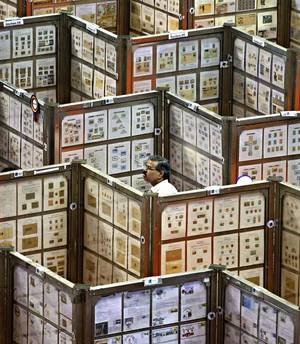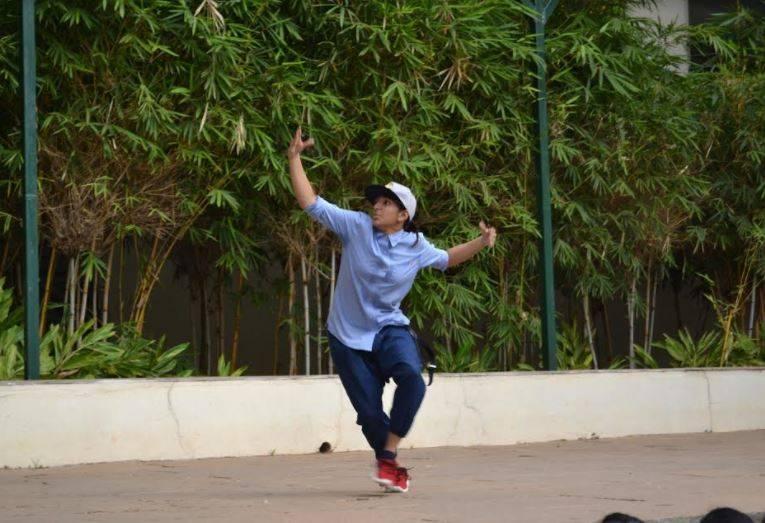Philately, like letter writing, does not have many takers today. But young and old collectors will participate in an exhibition of rare stamps by the Karnataka Philatelic Society (KPS) from July 14 to 16 at the Rajarajeshwari Kalyana Mantapa, Rajajinagar. The event is being organised by the society after 10 years. Till 2008, philately exhibitions were held regularly by the Department of Posts, too, but they were stopped when participation dipped.
“Most major collectors these days are in the age group of 40 to 60. Not many young people are interested in hobbies such as philately and numismatics. Through the exhibition, we want to revive interest in them,” said Nikhilesh Melkote, general secretary, KPS.
Of the 114 applications the KPS received for the exhibition from Karnataka, Goa, Telangana, Tamil Nadu, and Assam, only 22 were from children or teenagers. “Till a few years ago, many schools encouraged the hobby and had their own clubs, which is not the case today,” Mr. Melkote said.
Sri Krishnan K.L., 17, is among the exceptions — he started collecting stamps when he was eight. “I always tell my friends that philately is about a lot more than collecting stamps. We learn about countries and their history.”
Two schools that have philatelic clubs are also participating. One of them is the Vijaya High School in Jayanagar, which has been running its philately club since 1973. The school also houses a stamp museum. “The idea is to encourage children to take up the hobby. Our students also participate in State and national exhibitions,” said Nirmala B.K., in-charge of the club, and a collector herself.
Selection process
K. Chaitanya Dev, president, KPS, said exhibits for the show are selected by a committee of three senior philatelists. “We check the entry forms and the previous record of the collector. Some exhibits are rejected on the basis of quality, but to encourage young participants, we have decided to allow all the 22 exhibits by them.”
The best three exhibitions in various categories will receive awards. “Depending on the success of the event, we want to make this a yearly affair,” Mr. Dev said.
Games and quizzes will also be organised. There is also a prized lucky dip, the winner of which will get the world’s first ever postage stamp: the Penny Black, issued in 1840 in Great Britain.
The survivor
The society, affiliated to the Philatelic Congress of India, was started in 1975 by Col. L.G. Shenoi and his like-minded friends.
“At that time, three other clubs were already running, including a Youth Philatelic Club. But, they stopped functioning eventually,” said Mr. Melkote, who joined the the Karnataka Philatelic Society in 1977.
Today, the KPS has nearly 600 members, almost a hundred of whom meet once a month at the General Post Office to discuss and exchange stamps.
source: http://www.thehindu.com / The Hindu / Home> News> States> Karnataka / by Sarumathi K / Bengaluru – July 10th, 2017








